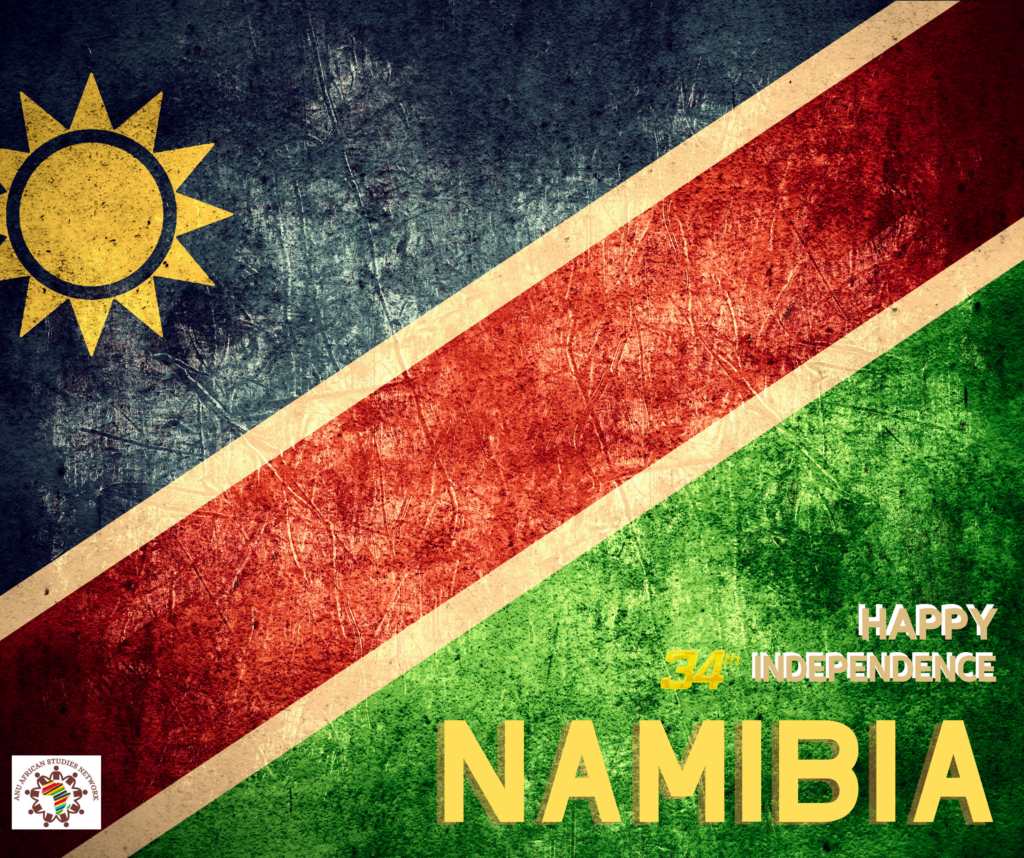
Yesterday, we commemorated Tunisia’s 68th independence anniversary, and today, we are delighted to spotlight another remarkable African nation nestled along the southwest coast of Africa, gazing out onto the vast expanse of the South Atlantic Ocean—Namibia.
Namibia: The Land of the Brave
Namibia boasts renowned attractions such as the Sossusvlei Dunes, the majestic Spitzkoppe, and the awe-inspiring River Canyon, earning multiple mentions in CNN’s 2019 list of “30 of Africa’s most amazing places to visit.” With tourism contributing 5.7 percent to total employment in 2022, it stands as a robust revenue generator for the country.
The majority of the approximately 2.7 million Namibians (2023 est.) experience a decent standard of living, with an urbanization rate of 54.9% and a life expectancy of 63.7 years (2023 est.). According to recent data from the World Bank, Namibia achieved a literacy rate of 92% in 2021, and in 2023, Yahoo Finance ranked Namibia as the 12th richest country in Africa by GDP per capita, a status supported by its abundance of natural resources. The International Monetary Fund (IMF) listed Namibia among the top 20 mineral-rich countries in Africa in 2010, boasting substantial reserves of diamonds, uranium, copper, gold, and sought-after critical minerals. Unsurprisingly, Namibia is one of Africa’s largest exporters of technology, ranking 11th among Africa’s most technologically advanced nations in 2023, (Yahoo Finance, 2023).
Namibia has achieved these commendable living standards thanks to its relatively developed economy, boasting a GDP of $12.372 billion in 2019 and a per capita income of $9,100 (2021 est.). Consequently, the World Bank classifies Namibia as an upper-middle-income country. Unlike many Sub-Saharan African nations, Namibia’s economy is characterized by substantial service and industrial sectors, accounting for approximately 67% and 26.3%, respectively, with agriculture playing a minor role at just 6.7%.
This economic profile sets Namibia apart from other Sub-Saharan African countries where agriculture serves as the primary economic driver. For instance, Sierra Leone relies heavily on agriculture, contributing over 57% to its GDP in 2022, while Ethiopia similarly depends on agriculture, with the sector accounting for over 37% of its GDP in the same year.
In terms of politics, Namibia’s rich political history encompasses its colonization by Germany in 1884, followed by occupation by South Africa in 1915. After World War II, South Africa annexed the territory and administered it as a mandate until 1988. The journey to independence was marked by the SWAPO guerrilla group’s war of independence, culminating in Namibia gaining its sovereignty in 1990.
SWAPO, now the ruling party, has transitioned from its Marxist roots over the years. President Hage Geingob (who died about a month ago) assumed office in 2015, succeeding Hifikepunye Pohamba, who had served two terms. Geingob’s initial landslide victory in 2014 was followed by his reelection in 2019, albeit with a reduced majority. This marked a shift, as SWAPO narrowly lost its parliamentary supermajority in the same elections. Nangolo Mbumba has assumed the role of interim president of Namibia following the passing of his predecessor, Hage Geingob. This transition comes as Namibia gears up for its upcoming general elections scheduled for November of this year.
Despite significant development strides made in recent decades, Namibia confronts formidable challenges, exacerbated by the onset of the coronavirus pandemic. In 2021, unemployment rates soared, surpassing 20%, with youth unemployment exceeding a staggering 40%. Additionally, Namibia faces considerable debt burdens, with its debt-to-GDP ratio ranking among the highest in Africa, reaching 68.9% in 2022. Amidst these challenges, the country’s growth rate is estimated at 3.1% for the year 2024.
Australia and Namibia share warm diplomatic ties, with Namibia maintaining a consulate in Sydney and Australia reciprocating with an honorary consulate in Windhoek. Remarkably, data from the Australian Bureau of Statistics reveals a substantial increase in the Namibian population in Australia, surging by 521% from 330 individuals in 1996 to 1,720 in 2020.
In terms of trade, figures from Trading Economics indicate robust economic engagement between the two nations. Namibia’s imports from Australia reached US$27.85 billion in 2022, while Australia imported US$8.78 million during the same period. These statistics underscore the significant economic, social, and political potential for collaboration between Australia and Namibia.
Happy 34th Independence, Namibia!
This data and analysis was compiled by Joel Odota, a Master of International Relations student at the ANU College of Asia and the Pacific, for the ASN. Joel also volunteers for the ASN as a media representative, supporting website maintenance and the management of the network’s social media platforms.
